Seven ways residents in China are fighting pollution with their own inventions
The latest market opportunity for entrepreneurs in China? Polluted air. For nearly as long as pollution has been a salient, public issue in the country, foreigners and locals have been devising ways to help residents avoid the worst of smog—and in some cases make a little money in the process. Here are some of the most notable ones.
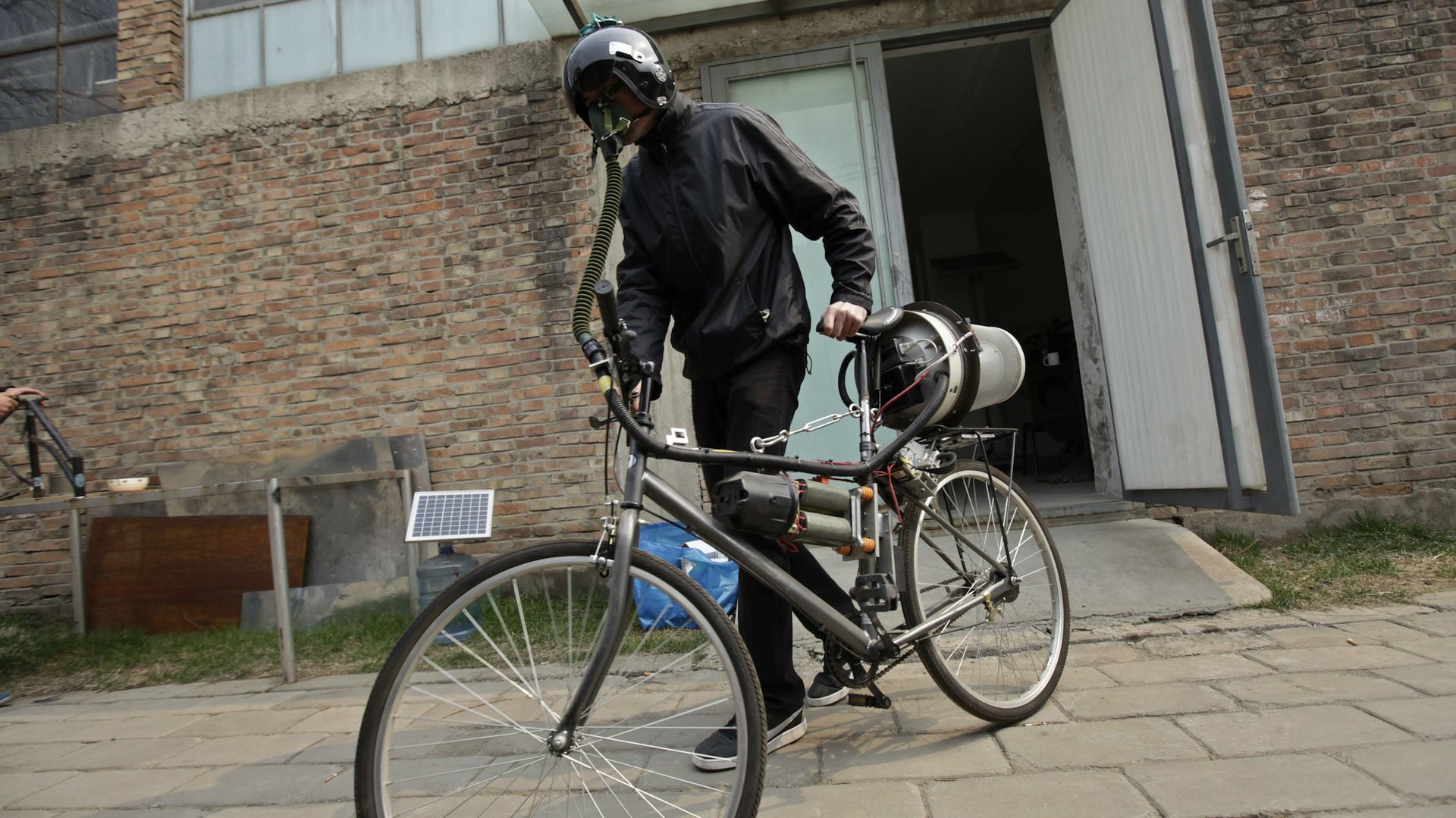

The latest market opportunity for entrepreneurs in China? Polluted air. For nearly as long as pollution has been a salient, public issue in the country, foreigners and locals have been devising ways to help residents avoid the worst of smog—and in some cases make a little money in the process. Here are some of the most notable ones.
DIY filters
As we’ve reported, American graduate student Thomas Talhelm has designed his own air filter made up of a high-efficiency particulate air (HEPA) filter strapped to a box fan. “It’s pretty ghetto,” he told Quartz. It costs just $27 to assemble, but does reduce the amount of PM2.5 particles (pollutants that can enter one’s bloodstream. In Beijing, the Beijing Energy Network hosts workshops to teach people how to make their own air filters.
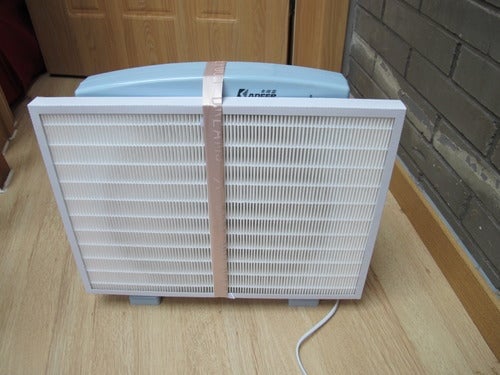
A smog vacuum
Last month, Dutch designer Daan Roosegaarde introduced an electronic vacuum cleaner, or the “sky vacuum,” which creates an electrostatic field that draws particles in the air to the ground where they can be captured and cleaned. He’s currently working Beijing’s mayor to conduct a pilot test of the vacuum in a new park.
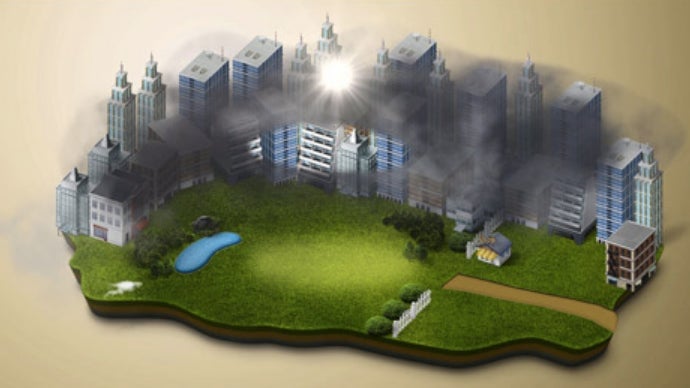
Air-filtering interior design
O2ganic, a Beijing startup, sells customized plants that function as “organic air filtering systems” as well as house decorations. Taobao also sells thousands of plants advertised for their air-filtering capacity.
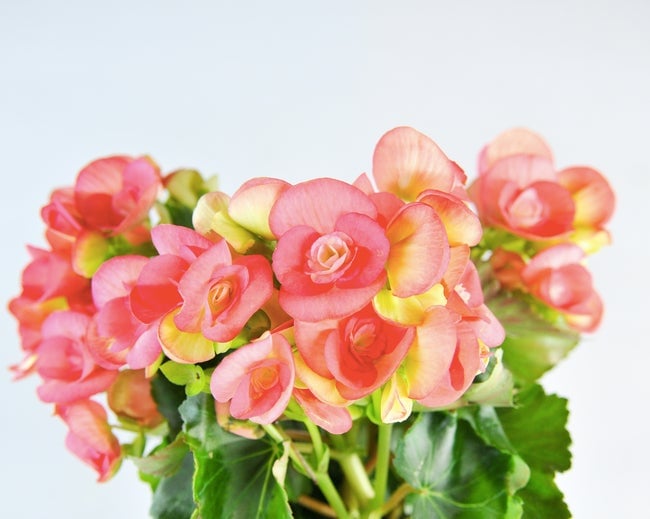
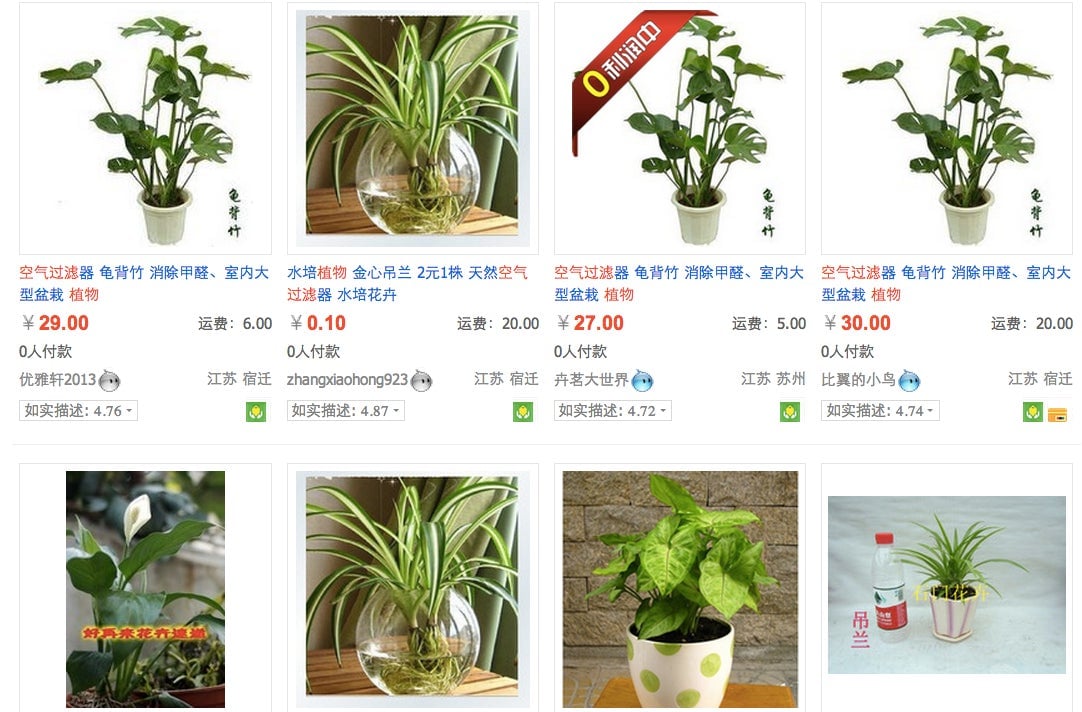
Pollution consultants
Pure Living is an “indoor environmental consulting firm” that assesses indoor air quality of businesses and homes for between $500 and $800. Glues, mold, paint and carpeting release a “chemical soup” that builds up as people keep their windows shut and can be 50 to 100 times more toxic (paywall) than outside, the firm’s president Louie Cheng told the Wall Street Journal (paywall).
Helmets, bikes and cars
In 2008, two design students from Vienna created an “air helmet” using Beijing as their inspiration in terms of utility as well as aesthetic. It’s designed to resemble an Olympic pool built in Beijing for the 2008 Olympics. The helmet takes polluted air from behind one’s head, filtrates it, and releases it at the front of the helmet. “It provides fresh clean air shower to the user,” said its designers Szilveszter Buzasi and Harald Tremmel.
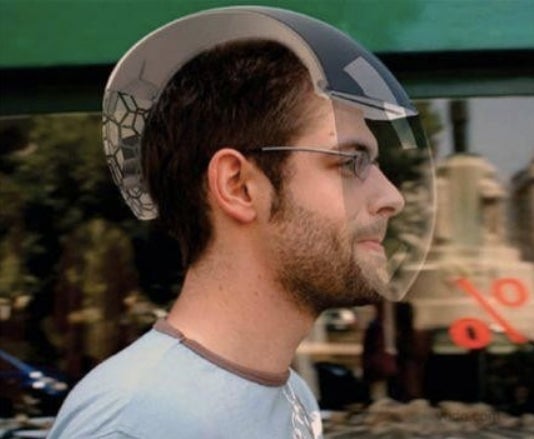
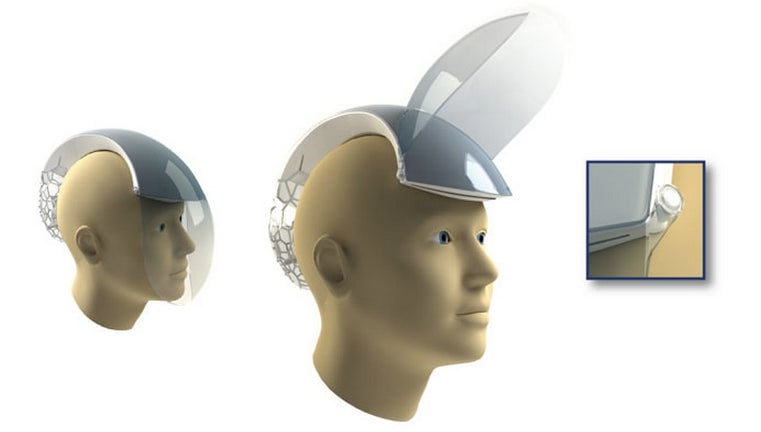
Last year, Chinese farmer Tang Zhenping built a wind-powered electric car for about $1,600 using the scrap parts of a motorcycle, an electric scooter, and a car.
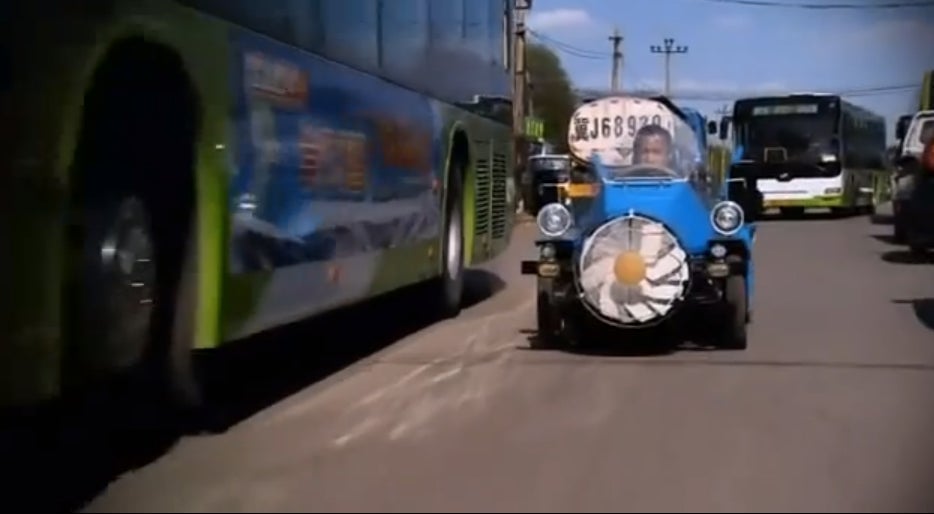
Matt Hope, an artist in Beijing built what he calls a “breathing bicycle” using an IKEA wastebasket attached to an air filtration system and a generator powered by the bike. As he cycles, filtered air is released through the mask.
The only problem is that the bike generates about 5,000 volts of electricity, “which is actually, really deadly,” Hope says in a video. “If you ride this in the rain you could potentially kill yourself. I’m a little hesitant to use it, but in theory it works.”